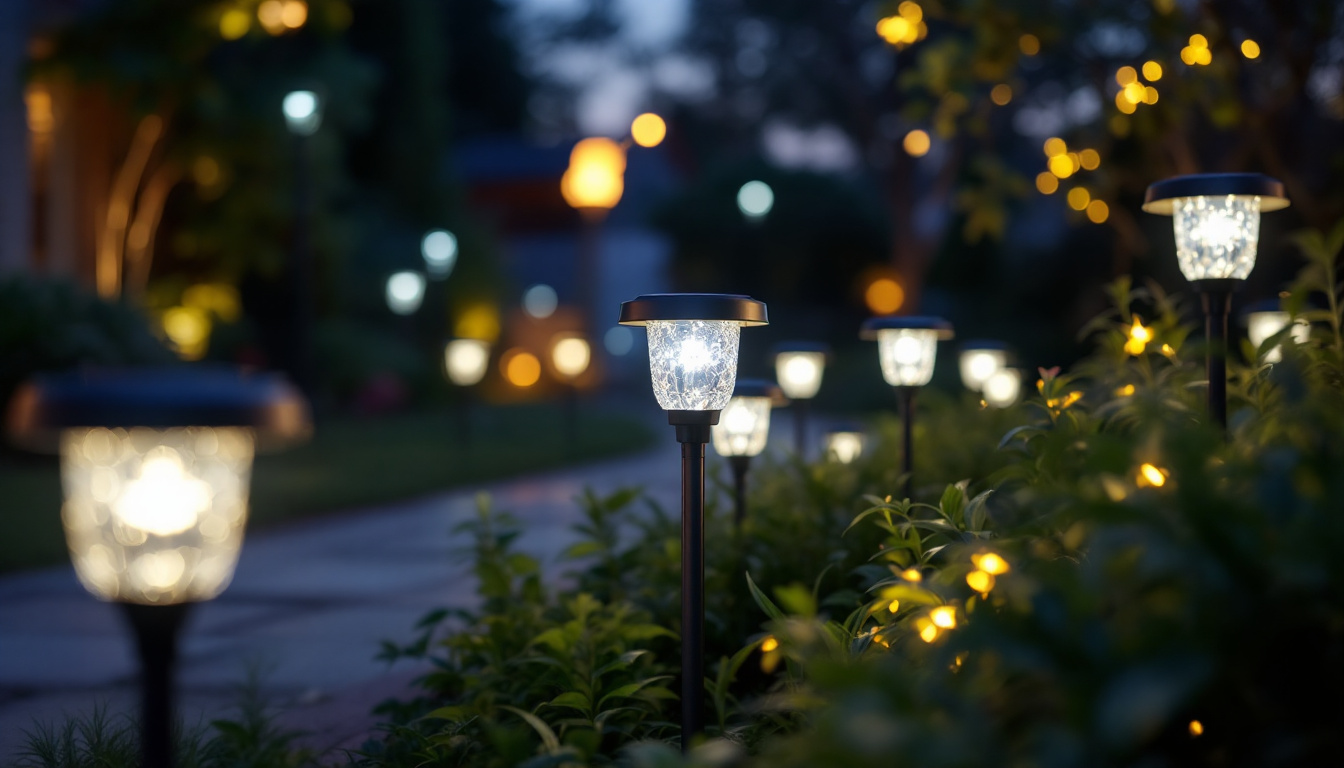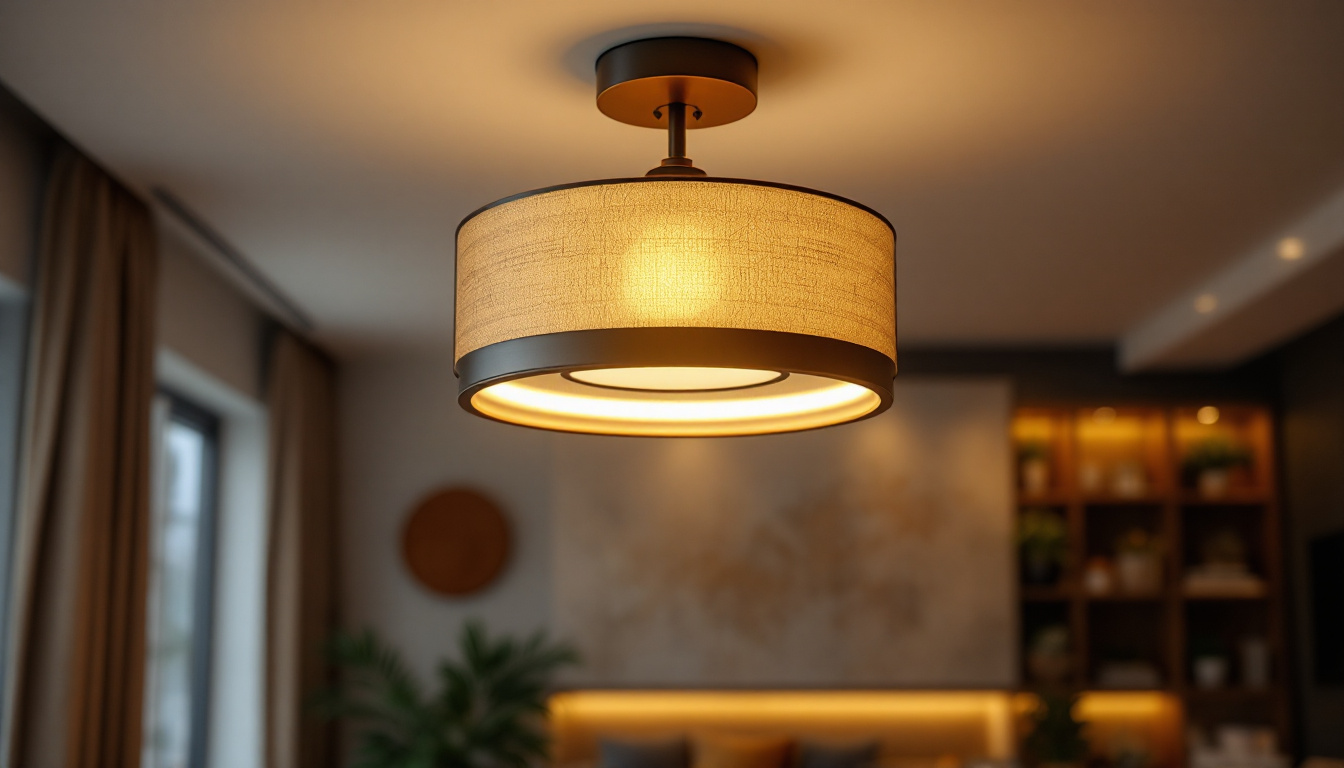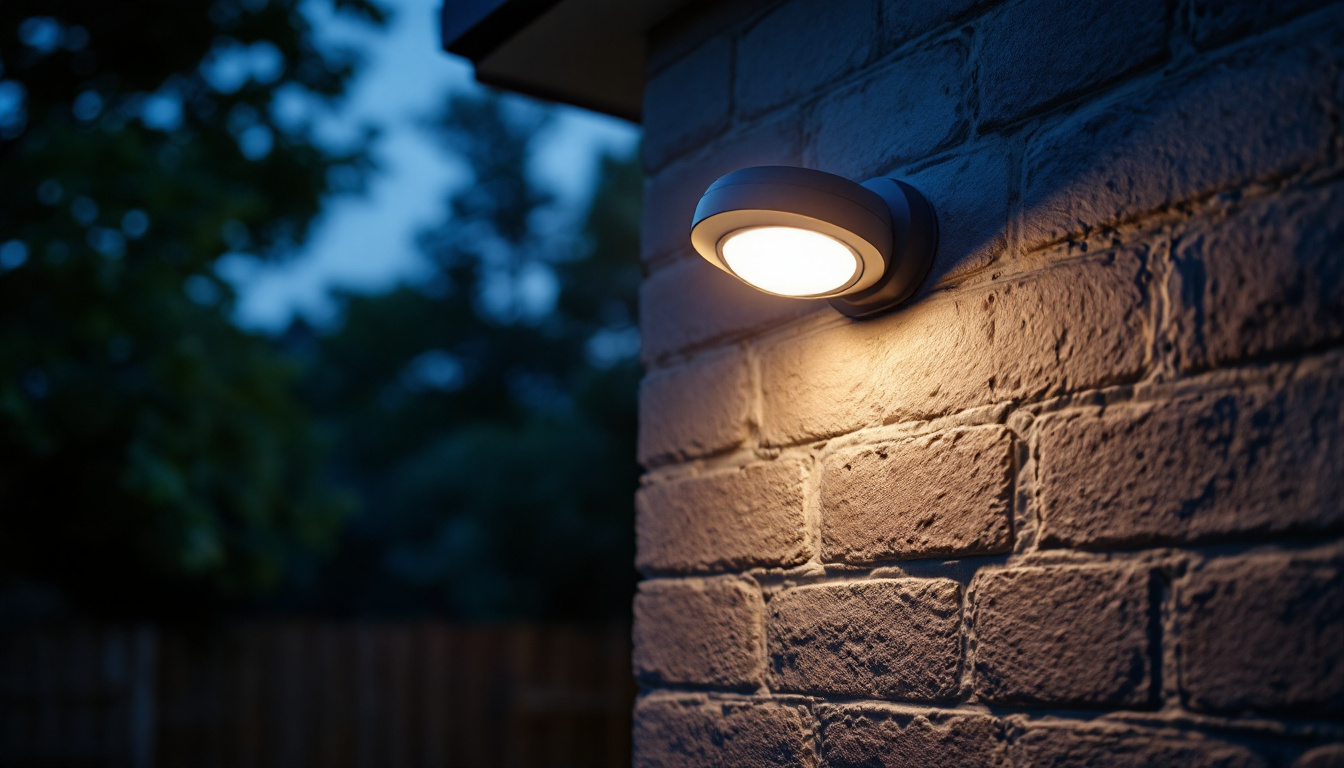
As the demand for sustainable and energy-efficient solutions continues to rise, solar LED lighting has emerged as a popular choice among contractors and property owners alike. However, despite its growing popularity, there are several aspects that lighting contractors often overlook when working with solar LED lights. This article delves into these overlooked factors, providing insights that can enhance project outcomes and client satisfaction.
Before delving into the common oversights, it’s essential to grasp the fundamentals of solar LED technology. Solar LED lights combine solar panels, LED bulbs, and batteries to create a self-sustaining lighting solution. The solar panels capture sunlight during the day, converting it into electricity that charges the batteries. At night, the stored energy powers the LED lights, providing illumination without relying on the grid. This technology not only promotes energy independence but also aligns with global efforts to reduce carbon footprints and reliance on fossil fuels, making it a pivotal component in the transition to renewable energy sources.
Solar LED lights offer numerous advantages, including reduced energy costs, minimal environmental impact, and ease of installation. They are particularly beneficial in remote areas where traditional electrical infrastructure is either unavailable or cost-prohibitive. Moreover, advancements in LED technology have significantly improved the efficiency and longevity of these lights, making them a reliable option for various applications. For instance, many solar LED lights now come equipped with smart technology that allows for motion detection, dimming capabilities, and even remote control via smartphone apps, enhancing both convenience and energy savings.
Understanding the components of solar LED systems is crucial for contractors. Key elements include the solar panel, battery, LED fixture, and controller. Each component plays a vital role in the overall performance of the lighting system. For instance, the size and efficiency of the solar panel directly influence how much energy is generated, while the battery capacity determines how long the lights will operate at night. Additionally, the controller ensures that the system operates optimally by managing the energy flow between the solar panel, battery, and LED fixture, allowing for features such as automatic on/off functionality based on ambient light levels.
Furthermore, the choice of materials used in the construction of these components can greatly affect their durability and performance. High-quality solar panels are often made from monocrystalline silicon, which offers higher efficiency rates compared to polycrystalline options. Similarly, lithium-ion batteries are becoming increasingly popular due to their longer life spans and faster charging capabilities, making them an ideal choice for solar LED systems. Understanding these nuances can help contractors and consumers alike make informed decisions that enhance the longevity and effectiveness of their solar lighting solutions.
Despite the advantages of solar LED lights, contractors often overlook critical factors that can impact the success of their projects. Addressing these oversights can lead to improved performance and enhanced client satisfaction.
One of the most significant oversights is inadequate site assessment. Proper evaluation of the installation site is essential to ensure optimal solar exposure. Factors such as surrounding structures, trees, and geographical location can affect the amount of sunlight the solar panels receive. A thorough site analysis can help determine the best placement for solar lights, maximizing their efficiency and effectiveness.
Contractors should consider conducting a solar path analysis, which involves tracking the sun’s movement throughout the day. This analysis can help identify potential shading issues and inform decisions regarding the positioning and angle of solar panels. By ensuring that solar lights receive ample sunlight, contractors can enhance their performance and longevity. Furthermore, understanding seasonal variations in sunlight can also play a crucial role in planning installations. For example, in regions with significant seasonal changes, contractors might need to adjust their approach to ensure that solar lights remain effective throughout the year, especially during winter months when daylight hours are shorter.
Another critical aspect that is often overlooked is battery selection and management. The battery is a crucial component of solar LED systems, as it stores the energy generated during the day for use at night. Contractors must choose batteries that are compatible with the solar panels and LED fixtures, taking into account factors such as capacity, discharge rates, and lifespan.
Additionally, proper battery management is essential to ensure optimal performance. Contractors should educate clients about maintenance practices, such as regular cleaning of solar panels and monitoring battery health. Implementing a proactive maintenance plan can extend the life of the system and prevent costly replacements. Moreover, selecting batteries with advanced features, such as built-in management systems that monitor charge cycles and temperature, can significantly enhance the reliability of the solar lighting system. This attention to detail not only improves performance but also provides clients with peace of mind, knowing that their investment is protected and functioning at its best.
Designing an effective solar LED lighting system involves more than just selecting the right components. Contractors must consider various design elements to create a functional and aesthetically pleasing solution.
When designing a solar LED lighting system, contractors must pay attention to the desired illumination levels and uniformity. Different applications require varying levels of brightness. For instance, a pathway may require less illumination than a parking lot or security area. Understanding the specific lighting needs of each project can help contractors select the appropriate LED fixtures and configurations.
Uniformity is also a critical factor in lighting design. Uneven lighting can create safety hazards and diminish the overall aesthetic appeal of a space. Contractors should strive for a balanced distribution of light, ensuring that all areas are adequately illuminated without creating harsh shadows or overly bright spots.
Solar LED lights should complement the surrounding landscape and architecture. Contractors should consider the visual impact of the lighting system, selecting fixtures that enhance the overall design of the space. This may involve choosing fixtures that blend seamlessly with the environment or incorporating decorative elements that add to the aesthetic appeal.
Moreover, integrating solar lights with existing landscaping can enhance functionality and beauty. For example, strategically placing lights near pathways, gardens, or architectural features can create a cohesive design that highlights the property’s best attributes.
Lighting contractors must also be aware of regulatory and compliance issues related to solar LED lighting. Different regions may have specific codes and standards governing the installation of solar lights, particularly in public spaces.
Before commencing a solar LED lighting project, contractors should research local permitting and zoning regulations. Some municipalities may require permits for solar installations, especially if they involve significant alterations to the landscape or infrastructure. Understanding these regulations can help contractors avoid delays and potential fines.
Additionally, contractors should be aware of any zoning restrictions that may impact the placement of solar lights. For example, certain areas may have height restrictions or limitations on light pollution, which can affect the design and installation of solar lighting systems.
Safety is paramount in any lighting project. Contractors must ensure that their solar LED installations comply with safety standards and best practices. This includes adhering to electrical codes, ensuring proper grounding, and implementing measures to prevent accidents during installation and maintenance.
Furthermore, contractors should educate clients about safety considerations related to solar lighting. This may involve providing information on how to operate the lights safely and what to do in case of malfunctions. By prioritizing safety, contractors can build trust with clients and enhance the overall success of their projects.
The solar LED lighting industry is continually evolving, with new technologies and trends emerging regularly. Staying informed about these developments can help contractors stay competitive and offer the best solutions to their clients.
One of the most exciting trends in solar LED lighting is the integration of smart technology. Smart solar lights can be equipped with sensors, timers, and remote control capabilities, allowing for enhanced functionality and customization. For example, motion sensors can trigger lights to turn on when someone approaches, improving security and energy efficiency.
Contractors should explore the potential of smart solar lighting solutions, as they can offer clients greater control and flexibility. Additionally, these systems can be integrated with smart home technology, providing seamless operation and enhanced user experience.
As solar technology continues to advance, contractors should keep an eye on improvements in solar panel efficiency and design. New materials and manufacturing techniques are being developed that can increase energy capture and reduce the size of solar panels. This can lead to more compact and aesthetically pleasing installations that do not compromise performance.
By staying informed about advancements in solar panel technology, contractors can offer cutting-edge solutions that meet the evolving needs of their clients. Embracing innovation can set contractors apart in a competitive market and enhance their reputation as industry leaders.
Solar LED lighting presents a wealth of opportunities for lighting contractors, but it also comes with its set of challenges. By addressing common oversights related to site assessment, battery management, design considerations, regulatory compliance, and emerging trends, contractors can enhance the performance and appeal of their solar lighting projects. Embracing these insights not only leads to successful installations but also fosters long-term relationships with clients who appreciate the value of quality workmanship and sustainable solutions.
In a world increasingly focused on sustainability, the role of lighting contractors in promoting solar LED solutions is more vital than ever. By prioritizing education, innovation, and client satisfaction, contractors can position themselves as trusted experts in the field of solar lighting.
Ready to elevate your solar LED lighting projects with superior products that promise quality and affordability? Look no further than LumenWholesale. Our spec-grade lighting solutions are designed to meet the highest industry standards, ensuring that your installations shine with reliability and performance. By choosing us, you’re not just getting top-quality lighting; you’re also enjoying unbeatable wholesale prices and the convenience of free shipping on bulk orders. Don’t let middleman markups dim your project’s potential. Take the next step towards brighter, more sustainable lighting solutions and discover the best value in wholesale lighting today.

Discover how to enhance your home’s lighting with just two recessed can lights.

Discover the essential steps to effectively train your team in using RGB color LED lights.

Discover why ceiling lights are essential for any successful lighting project.

Discover essential tips and common pitfalls for lighting contractors in our comprehensive guide to outdoor security lighting.